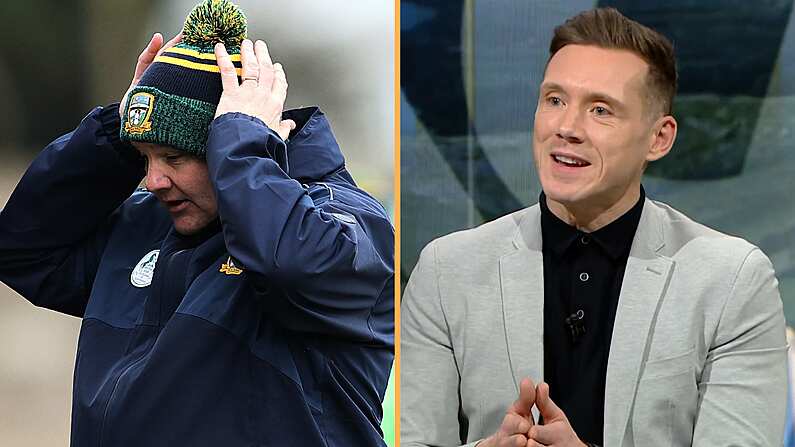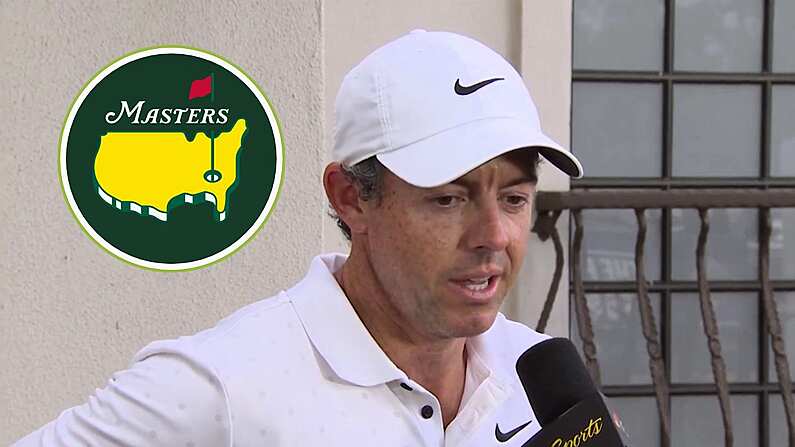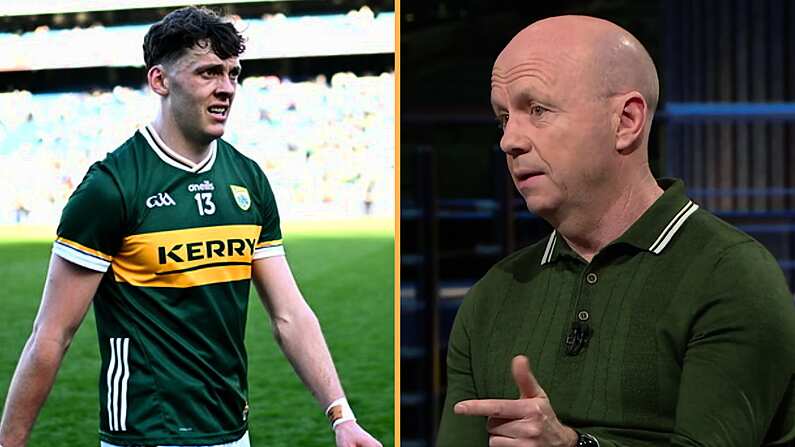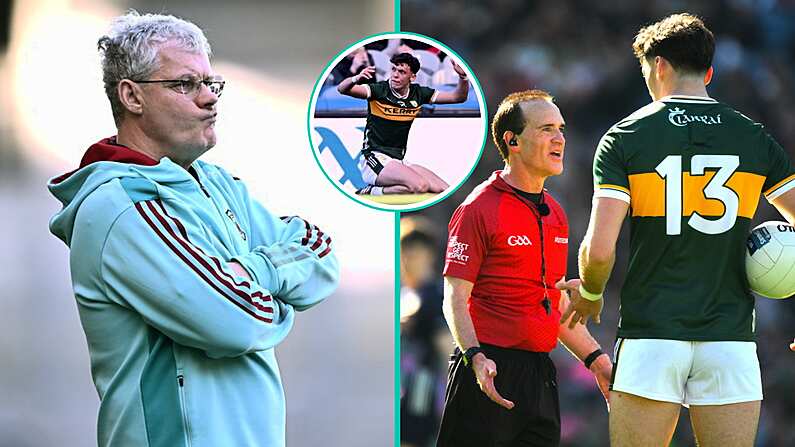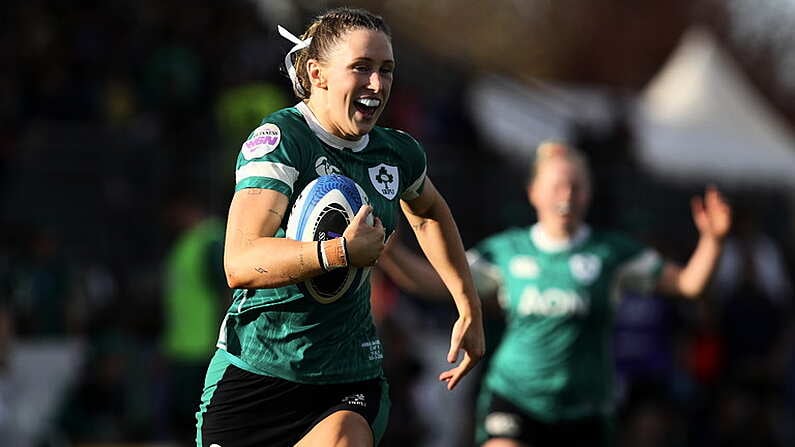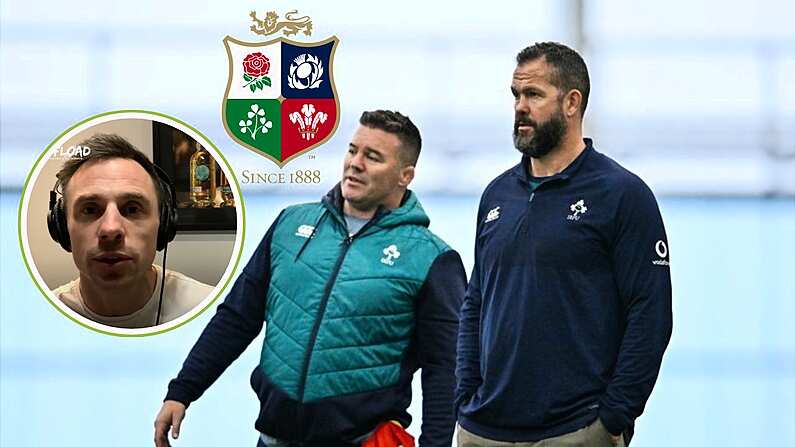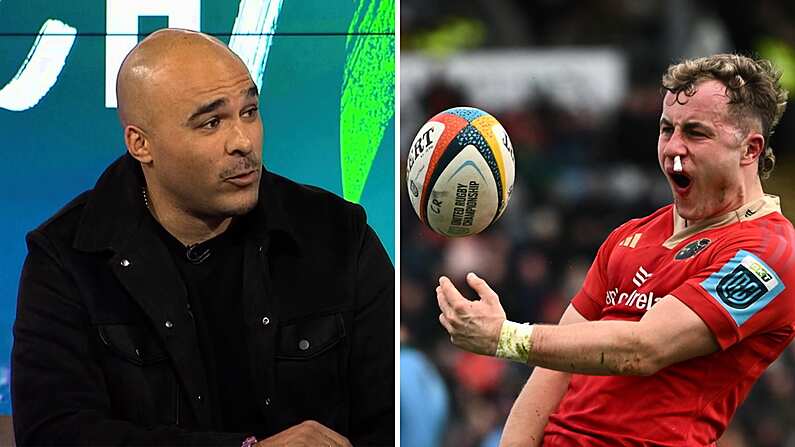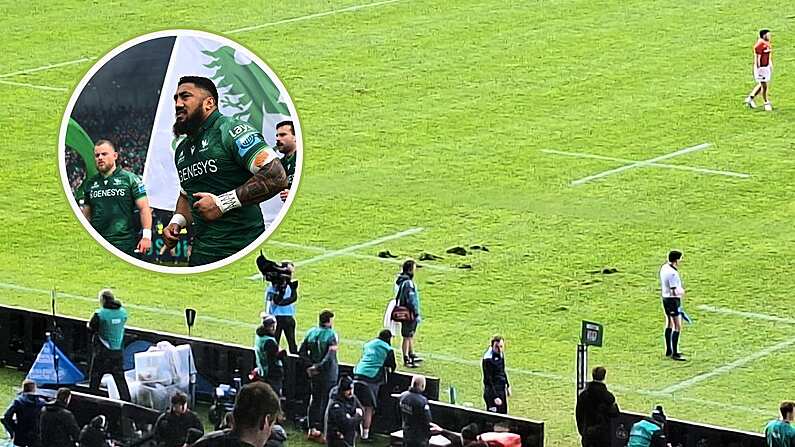Strategy, at its core, is the meticulous art of planning and orchestrating movements in a battle or conflict. By this standard, New Zealand exemplified strategic excellence last Saturday night against Ireland.
Led by attack coach Joe Schmidt and bolstered by the insights of performance analysts Jayson Ross and Jamie Hamilton, the All Blacks unravelled Ireland's defence through deep-rooted research and planning.
This wasn't a mere week's work leading up to the quarter-final; it was the culmination of two years of deliberate strategizing.
Schmidt, who first made his mark in Ireland as Leinster's head coach in 2010, departed in 2019 with an impressive tally: a Grand Slam, three Six Nations titles, two Heineken Cups, a Challenge Cup, and a Pro 12 title.
He became renowned for his uncanny ability to devise game plans that pierced even the most formidable defences. His acumen in analysing the opposition, as showcased last Saturday, remains unparalleled in the world of rugby.
Though the final chapter of his tenure in Ireland cast a shadow over his sterling reputation, with some quarters unfairly criticising him after the 2019 World Cup, his genius could not be downplayed.
Despite Ireland's attempts to minimize Schmidt's role in this pivotal match, was undeniable: Schmidt was the mastermind who gave the Irish coaching team a masterclass in the power of analysis and strategy.
READ HERE: 2000s Pop Icon To Perform Anthems At Rugby World Cup Final
READ HERE: South Africans Have Theory Explaining Tom Curry Racism Allegation
Exploiting Ireland’s 13/2 Defence & the chip space
Under Andy Farrell’s eight years of working with this Ireland team defence, he has adopted a policy of playing 13 players up in the defence line and playing twin full-backs. It's a simple and effective strategy that tries to have numbers in the front line while cutting off the opposition's ability to kick into the corners. But it has one huge weakness… the chip space.
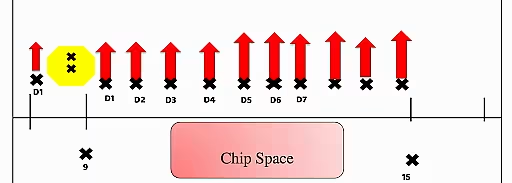
The area between the frontline defence and the 2 defenders in the backfield. When you historically look at Ireland they have struggled against teams that have been able to find this space. England, France and Wales have all had success with this strategy against Andy Farrell’s defence.



Causally drops the ball onto his wrong foot, chips the defence and puts Vakatawa in for the try.
Effortlessly cool; so French. #GuinnessSixNations
pic.twitter.com/JurEgRMqYX— Mana Rugby (@mana_rugby) November 1, 2020
New Zealand repeatedly went after this space in the 1st half and they got their reward with a well-executed try in the 19th minute by Fainga'anuku.



Leicester Fainga'anuku in the corner 🇳🇿#RWC2023 | #IREvNZL pic.twitter.com/XXYOTYtin0
— Rugby World Cup (@rugbyworldcup) October 14, 2023
It was interesting that Ireland tried to counteract the strategy by leaving Murray in the chip space in the 2nd half but unfortunately the damage was done.

Ireland’s Blind Side Defence
Schmidt and his analysts must have spent hours studying for an Irish weakness.
Their analysis might have even gone into how players defend for their clubs and with Leinster supplying most of this Irish team, I would guess key Leinster matches were well-studied to find the weakness.
When you look back at the try Leinster conceded in this year's Heineken cup semi-final v Toulouse and La Rochelle’s continual attack of the blind-side defence, it may have given Schmidt the solution he was looking for.
READ HERE: Nigel Owens Recalls Joe Schmidt Habit That Annoyed Him As A Referee
5/6 blind side defence from Lineouts pic.twitter.com/0Rl0NfYMAc
— Brett Igoe (@brettruganalyst) October 15, 2023


Gibson-Park controls Ireland's blind-side defence but their blind-side winger works open.
If Schmidt could tie up the winger and leave one of his big forwards (Savea) blind side, he was banking on the miss match and he duly got it.
Ardie Savea take a bow 👏#RWC2023 | #IREvNZL pic.twitter.com/OnOARvaUdL
— Rugby World Cup (@rugbyworldcup) October 14, 2023

Ireland’s Lineout Defence
In the 2021 game in the Aviva, New Zealand scored off a strike play around the back of the Lineout. They cleverly isolated Furlong to score a good try. This would have given Schmidt some ammunition and put into his thought process.
🧵🧵🧵How opposition analysis worked for #NZL . “The clues to the future are found in your actions in the past” 1/6 - the back of the Lineout defence (2021 - #IREvNZL ) pic.twitter.com/MbNFZUmRUa
— Brett Igoe (@brettruganalyst) October 15, 2023
While studying Ireland’s game against South Africa he would have seen an interesting picture from a 4 man Lineout South Africa tried. Schmidt would have spotted an unusual picture. He would have spotted Beirne putting pressure on 9 and leaving a gap inside of the “tail gunner” defender (2), Schmidt would have also noticed the gap outside of 2 to Ireland’s first defender in the line, who was Van Der Flier. But what would have interested him was the fact that Ireland’s Tight Head Prop doesn’t come up in the defence line.

So the plan was put into action in New Zealand’s first Lineout attack in the 3rd minute. They attempted a 5-man Lineout to get to the seam outside the Irish tail-gunner and it brought them a huge gain in metres.

In the second half, they decided to try their luck, this time off a 4 Man lineout, similar to South Africa’s play. This time they got the result they wanted. Mo’unga sailed through the gap outside the tail-gunner (2), with Jordan in support to score a stunning try.
𝐖𝐎𝐖.
The All Blacks have been scintillating when they've got chances.
Will Jordan with a brilliant try. #IREvNZL | #RWC2023 pic.twitter.com/LIf1tH239l— Virgin Media Sport (@VMSportIE) October 14, 2023

However as smart as Schmidt was with his strategy, Ireland came within a whisker of getting the win. Most point to the maul opportunity Ireland had late in the match and the outstanding defence by Barrett as the opportunity that should have got Ireland the win.
Unreal defence from Jordie Barrett #RWC2023 | #IREvNZL pic.twitter.com/AIT5qCaPHe
— Rugby World Cup (@rugbyworldcup) October 14, 2023
Ireland will have huge regret on not taking some of the changes they had. Sexton’s uncharacteristic missed kick will haunt him for years. Ireland need to reflect on how they gave New Zealand three scrum penalties and how they played during the two periods when New Zealand were down to 14 men due to yellow cards.
READ HERE: Johnny Sexton Linked As Possible Replacement For Departing Ireland Coach
5/6 blind side defence from Lineouts pic.twitter.com/0Rl0NfYMAc
— Brett Igoe (@brettruganalyst) October 15, 2023

It's getting nervy...
Sexton misses a kick for three.#IREvNZL | #RWC2023 pic.twitter.com/ffKi0iNKy5— Virgin Media Sport (@VMSportIE) October 14, 2023
There were opportunities too in that last epic 37-phase attack that Ireland had in the final minutes. In the 29th phase of that attack, Ringrose had a chance to pull the trigger on a right-to-left pass with 3 players outside him and New Zealand’s defence looking fragile.

But Ireland’s best opportunity was from a cross-field kick from Hansen to Sheehan. Sheehan came within millimetres of getting onto the kick and he would never have been stopped.


While Ireland exits another World Cup at the Quarter Final stages, they can have few regrets. They played in one of the finest World Cup matches the world has seen and came up just short.
But it was the ghost of the past that came back and haunted them and one must pay credit to the strategic mastermind that is Joe Schmidt.
SEE ALSO: New Footage Shows Reason for Altercation After Full Time in England v South Africa




